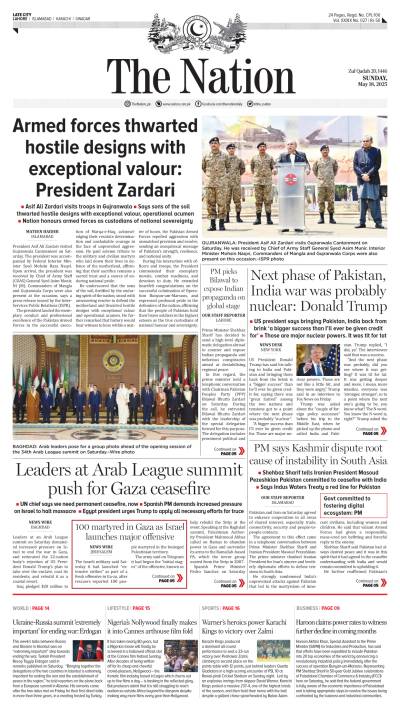The socially endorsed and culturally accepted practice of dowry/ jahez (the amount of money and valuable commodities given by the natal family to the conjugal at the time of marriage) in Pakistan is widely recognized as an obligatory ritual of marriage. It is a deep-rooted gender issue that has grown into a burden for poor families and is one of the predominant reasons behind the notion that a daughter is a liability for her family. Despite this, in recent years the tradition has become more elaborate, with the wealthier classes engaging in extravagant displays of wealth by giving hefty dowries and the amount of dowry given overall seems to have intensified.
Proponents of the tradition seek to justify the act with the help of Islamic traditions. However, in reality there is no mention of dowry in the Holy Quran nor did the companions during or after the Prophet’s time emphasize this practice. The holy Prophet (PBUH) provided his daughter Hazrat Fatima (RA) with some essential household items at the time of her marriage, but did not give any items to any of the other daughters, nor did he ever receive dowry from any of his wives. The Prophet Muhammad (PBUH) has stated quite the opposite: ‘the most blessed marriage is one in which the marriage partners place the least burden on each other.’ (al-Haythami, Kitabe Nikah, 4:255)
The custom has in fact been inherited from the subcontinent with its historical origin being traced to high caste Hindu marriages in North India. The practice was further reinforced during the colonial times, when women were prohibited from owning any property thereby an institution of greed was formed whereby the incoming bride was seen as a source of wealth.
In a monogamous society, where excessive income inequality is rampant, dowry is sometimes seen as a means of competition for successful, wealthy husbands. It is also considered compensation to the groom and his family for receiving a bride who is an economic liability. Studies have shown that in rural areas of Pakistan, higher amounts of dowry are linked to a better status for the bride in the marital family, consequently putting greater pressure on those who do not bring enough assets with them. The custom has reinforced the perception of females being a lifelong liability and the need for saving up for a daughter’s marriage, which can also contribute towards female feticide.
One may argue that dowry is a form of pre-mortem inheritance for the bride, transferring a share ofparental property to her marital household, as it is highly unlikely for her to get a share after marriage, to which she is legally entitled. In order to avoid goods being exchanged with outsiders and to remain within families, consanguineous marriages are therefore often encouraged.
Dowry may not necessarily be given under duress, women might themselves demand for it before entering marriage. It may be seen as a support mechanism for helping the new couple in starting their married life. However, it most certainly does not represent agency or freedom on the part of women, and should not be seen as a form of property inheritance as the goods are transferred from one family to the other, not to the bride herself. In the case of financially weak households, it may often lead to indebtedness as well.
In recent years, the intensification of the custom has been seen as a consequence of rising consumerism and materialism where dowry is seen more as an issue of self-abnegation. Consumerism has not only led to greed, but also rising competitiveness when it comes to dowries between households, with families falling prey to their own competitiveness.
Interestingly, Pakistani law under The Dowry and Bridal Gifts (Restriction) Act 1976 restricts the amount spent on dowry to not exceed more than rupees five thousand, the violation of which can lead to cash fines or even imprisonment of up to six months. However all legal, political or social actions have so far proven to be futile in discouraging the practice of dowry.
Clearly, the preventive legal steps taken against dowry are not sufficient to eliminate the practice. The fact that there is no way of documenting the dowry based violence cases and no statistics related to them is a testimonial for how dowry violence is not taken seriously in the Pakistani context. For a country that passed a somewhat quixotic law concerning food servings at weddings and managed even to implement it, the utter lack of effective regulations for the giving of dowry presents a dichotomy in itself.
With a tradition that is so deeply entrenched in our society, it is difficult for the bride’s family to propose a dowry free wedding. The social system of the country is not only virilocal and patrilineal in nature but also patriarchal hence it essentially places the primary responsibility of discontinuing the act on the groom and his family. The issue requires multi-sectoral support and collaboration in order to generate awareness amongst masses, and greater sensitisation on the topic in order for its prevention to take place.





